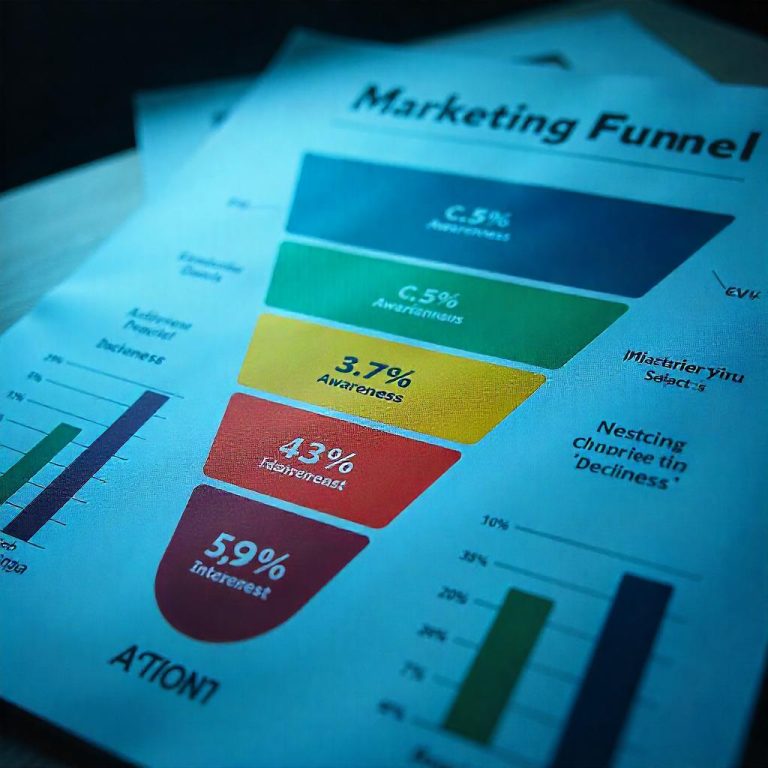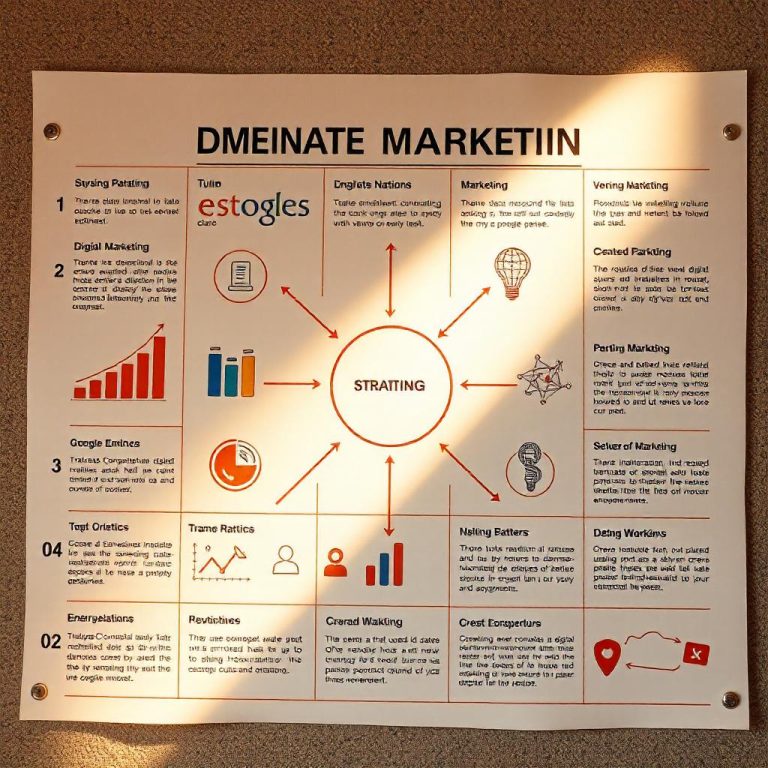How To Use Hashtags Effectively
Using hashtags effectively is crucial for increasing visibility, engagement, and reach on social media. Hashtags help categorize content, making it easier for users to find posts related to specific topics or trends. Here’s a guide to using hashtags effectively:
Unlock Your Writing Potential and Start Earning Today with our read online E-book
1. Understand Hashtag Basics
- Hashtags are keywords or phrases preceded by the
#symbol. - When used on social media, hashtags become clickable, leading to a feed of all posts that include the same tag.
- They make content discoverable to a wider audience beyond just followers.
2. Research Relevant Hashtags
- Use tools like Hashtagify, RiteTag, or Instagram’s Explore to identify trending hashtags in your industry.
- Look at popular accounts in your niche and see which hashtags they use frequently.
- Pay attention to hashtags with a good balance of popularity. Highly popular hashtags can lead to more visibility, but niche-specific hashtags can attract a more targeted audience.
3. Use a Mix of Hashtag Types
- Branded Hashtags: Specific to your brand (e.g., #NikeRun). Helps build a unique community around your content.
- Industry Hashtags: Broad terms relevant to your field, like #DigitalMarketing or #HealthyEating.
- Niche Hashtags: More specific terms targeting a smaller audience, like #FreelanceGraphicDesigner or #OrganicSkincareRoutine.
- Location Hashtags: Useful for local businesses (e.g., #NYCfoodies or #LondonEvents) to attract a geographically relevant audience.
- Event Hashtags: Tied to specific events or trending topics (#SuperBowl2024 or #EarthDay), connecting with real-time audiences.
4. Optimize Hashtag Quantity by Platform
- Instagram: You can use up to 30 hashtags, but typically 5–10 well-researched hashtags are optimal for engagement.
- Twitter: Best to use 1–2 hashtags due to character limits.
- LinkedIn: Around 3–5 hashtags are effective; mix popular industry and branded tags.
- TikTok: Use hashtags that match trending challenges or your niche; TikTok’s algorithm promotes posts with relevant hashtags.
- Facebook: Hashtags are less common; 1–3 can work, but prioritize quality over quantity here.
Top Free Digital Marketing Online Courses to Boost Your Skills (Get List And Websites
5. Use Trending and Popular Hashtags Sparingly
- Trending hashtags can boost visibility but can also lead to your post getting lost in a large volume of posts.
- Balance trending hashtags with niche-specific tags that help reach a targeted audience.
- Check trending topics in real time on platforms like Twitter or LinkedIn, where trends update frequently.
6. Create and Promote a Unique Branded Hashtag
- Branded hashtags encourage users to engage and create content around your brand.
- Encourage customers or followers to use your branded hashtag in their posts, which can generate user-generated content and expand brand visibility.
- Examples include campaign-specific hashtags like #ShareACoke or general brand tags like #AirbnbExperiences.
7. Add Hashtags to Stories and Reels (Instagram, TikTok)
- On Instagram and TikTok, you can add hashtags to stories and reels to reach viewers who follow those tags.
- This increases the chance of your content being discovered outside your follower list, particularly if the content is engaging or trending.
8. Keep Hashtags Relevant and Natural
- Use hashtags that directly relate to your content. Misleading or “spammy” hashtags can reduce credibility.
- Avoid overly general hashtags like #love or #happy, which are oversaturated and unlikely to drive meaningful engagement.
- Place hashtags where they feel natural. For example, on Twitter or LinkedIn, integrate them into the text. On Instagram, you can place them at the end of captions or in the first comment.
9. Experiment and Track Performance
- Test different hashtags and track their performance through analytics tools or native platform insights.
- Pay attention to engagement metrics on posts with different hashtag combinations and refine your strategy based on what performs best.
10. Avoid Banned or Irrelevant Hashtags
- Some platforms restrict or ban certain hashtags that can result in reduced reach if used.
- Research each hashtag to ensure it’s appropriate and hasn’t been banned, especially on Instagram.
Using hashtags effectively involves strategic planning, research, and adaptation. By staying aware of trends, industry standards, and specific platform requirements, you can leverage hashtags to improve visibility, build brand recognition, and increase engagement on your social media content.







